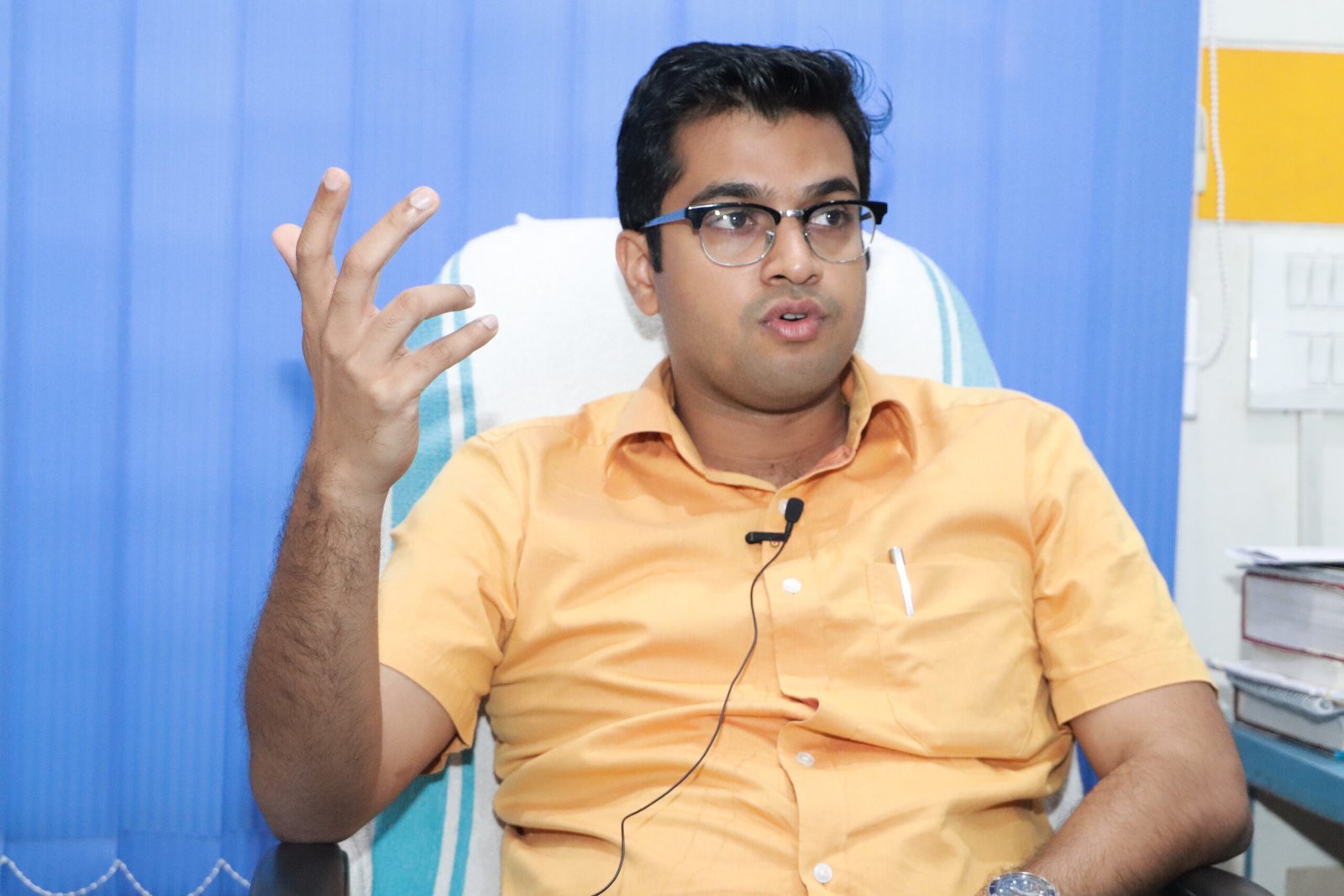We spent a lot of time planning. Then our plan was given to the police. Then the police added their points. We went back and forth several times. In a project like this, time is of crucial importance. We planned everything meticulously using clear maps as early as 10 days before the blasting.
You coordinated the Maradu demolitions. How did it feel to be at the centre of so much action and attention?
Yes, there was a lot of media attention. Everybody was discussing it because much needed to be done before go in for the actual demolitions—people were still living in the apartments and we had to evacuate people from the immediate vicinity. We didn’t have time to worry about such things. Given such attention, we had to be very careful about what we said and what we did.
It seemed as though we would pull people living in the flats out by force, but that was no our idea. We were firm that everything will be handled peacefully and with care. Once the attention turned to actual demolition, there was some tension about the fate of the nearby structures. All this meant we had to do a lot of planning.
You had very limited time for the preparations…
I was posted here on September 26, 2019, here. Till then, only expression of interest from demolition agencies had been invited, which meant were at the very early stages. We put together a technical committee to handle that. Then there were the local pressures, from the local population, the Maradu municipal councillors… Their apprehensions were justified. Such a thing was happening for the first time in the State and the country. We planned things well and it all went off as planned. As a result, they are all happy now.
Did you have any countdown?
Yes, but in my head! I knew the date. I knew what time we have to do it. I was getting nervous about all that. In my mind I had developed a calendar of what I will do on such and such a date.
How was the technical team formed?
On the day I was given charge of the demolitions, I had no idea what to do. I had full support from my boss Shri. S. Suhas, our District Collector, and the City Police Commissioner Shri Vijay Sakhare, IG of Police. We began discussing about these things. We decided the best course of action would be to have a technical committee. We got people from the State PWD, the Kochi Metro, Kerala State Pollution Control Board and Petroleum and Explosives Safety Organisation (PESO), which has an office in Kochi.
The State government was fully supportive all through and deputed six engineers from the Local Self Government Department. Then we needed a structural engineer. Prof. Mahendra Singh of IIT, Roorkie, who was also my father’s friend, told me to reach out to Anil Joseph. He was only happy to help us.
During one of our meetings, Anand Sharma from Vijay Steel told me there is one person named Sharad Sarwate, who has written this book on implosions. I read his book the same day, googled his name for more details and found that he is an expert in blasting. Then I called him and he readily agreed to join our team.
How did you address the worries of people living adjacent to the apartments?
Multiple rounds of discussion were held with the people, including the elected representatives. The entire demolition process was explained to them. Still, the people were sceptical because there has been no prior experience of such a project. Subsequently, we started discussion on insurance cover. The insurance companies were also apprehensive about the project. It took some effort to instil confidence in them. Finally, we were able to convince them about the insurance cover and policy duration. The Supreme Court had never spoken about insurance cover. It was our choice.
What were challenges as you moved into the actual demolition operations?
There were many. We had to take explosive licences, get the KSEB’s power supply cut, ensure police protection to the team and the site… Then there was the discussion about evacuation and safety rules. So, we sat down and set a 200m radial limit, but with some flexibility. Again, EDIFICE Engineering was doing H2O and Vijay Steels was doing Alpha. Alpha and H2O had common exclusion zone. So, I had to extend the plan for H2O to Alpha too. Then we had to station the fire tenders and ambulances at places where they can immediately swing into action should the need arose…
So, everything was well planned…
It was hard work. We spent a lot of time planning. Then our plan was given to police. Then police added their points. We went back and forth several times. In a project like this, time is of crucial importance. We planned everything meticulously using clear maps as early as 10 days before the blasting. And then, you had to give information to all concerned, particularly to the people, as quickly as possible. The information coming from my office had to be genuine and without any error, which made me check multiple times before giving a media release.
And, it was a textbook demolition that we finally carried out. I am grateful to the State government, the Collectors, Commissioner and other colleagues, members of the technical team, local councilors, residents of the four apartments and the general public for all the support they gave us.







